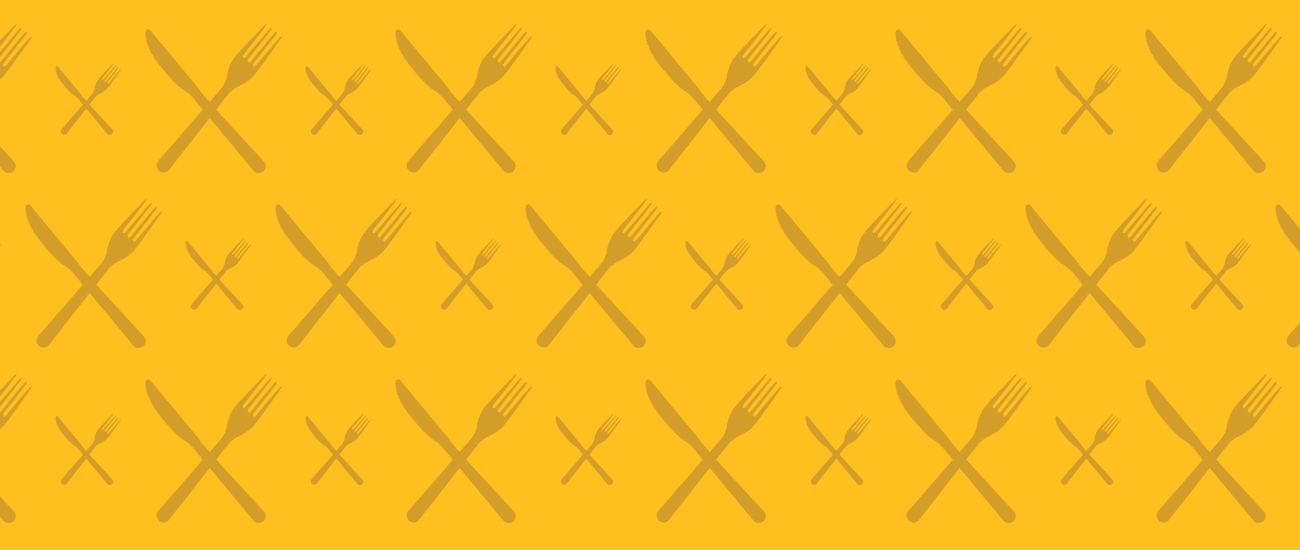Well, the early results of Jamie Oliver's experiment at reforming school lunch are getting some attention -- because they have been so dismal. When given a choice, the kids in Huntington, W. Va., prefer the chicken nuggets, breakfast pizza, and fries to his Food Revolution, by a wide margin, according to a West Virginia University study (pdf).

As a result, school meal purchases declined, as did milk, which Oliver had switched to plain skim from chocolate and strawberry.
Having a six-year-old daughter, I have some thoughts about these results. I pity the star chef, because in a culture of snack and fried foods, it's hard to introduce anything that is remotely healthy -- and then get kids to choose it -- in a few weeks.
We have veggies and/or fruit at every meal and eat a wide range of foods, such as legumes, pasta and whole grains along with fish and meat. But given a choice, salty crackers, cured meats, olives and pickles always win the day. None of those are objectionable in moderation, but that can be a difficult concept for a six-year-old. And given a choice, my daughter will always pick my home-made baguette over a whole grain loaf, which is why I don't make baguettes so often. Sugary flavored milk is not an issue, because it's not a choice. Never has been.
And that's the key. Like Michelle Obama, who declared French fries her favorite food, nearly anyone will make the choice for fried, salty, fatty if they don't think about it. Kids in particular tend to choose what is familiar. It's not easy to get them to try new things, especially if they are brown or green.
But if you feed kids a wide range of foods, repeatedly, they will eat them, especially if they don't have a choice. Exposing kids to foods at an early age also helps. (Oliver introduced new foods to 60% of the kids at the school). Our daughter favors broccoli and salad over meat because we routinely eat those foods. She has never liked cheese (ever), which opens her to a lot of options outside the usual kid universe of pizza and mac 'n cheese.
And here's a plug for school gardens. Last year, we planted lettuce from seed with my daughter's kindergarten class. The class nurtured the plants indoors, transplanted them to the garden, watched them grow over several weeks, then harvested the full heads.
And guess what? When it came time for the kids to eat the salad they grew, they did -- even those who had an aversion to the stuff. Planting changed the story, which changed the meal.
But I commiserate with Oliver. He's trying to change ingrained habits and tastes in a few weeks. The odds clearly aren't in his favor - at least yet.
"Three to four months is not enough time to see if this program is going to be successful," says principal Patrick O'Neal, who has embraced healthier eating, dines with the children and has shed 20 pounds since October.
"I think it's a spark to start a bigger fire," O'Neal says. "I don't see it as a failure, and I don't see it as a true success yet. It's going to take some time for it to ignite nationwide."
Do you have tips on how to get kids to eat good food?
- Samuel Fromartz



